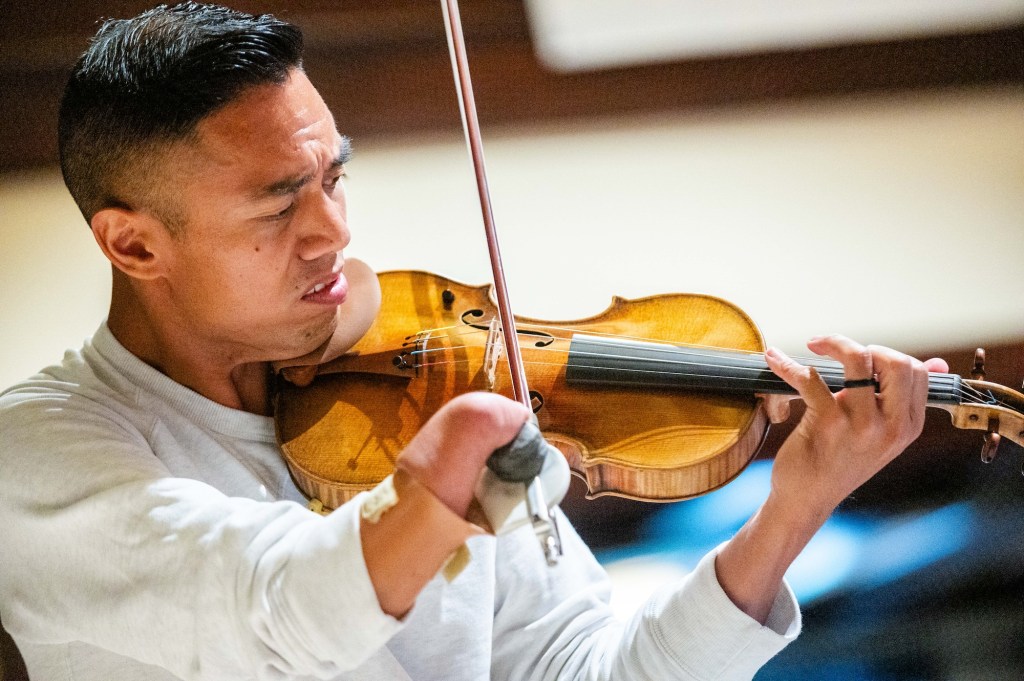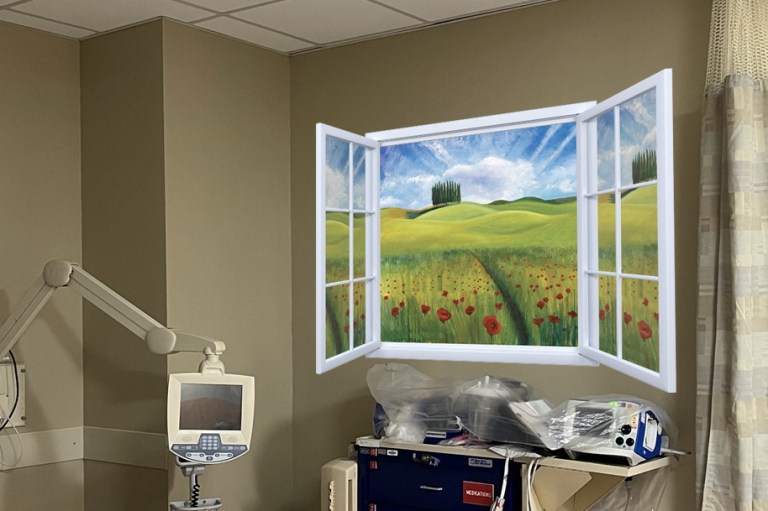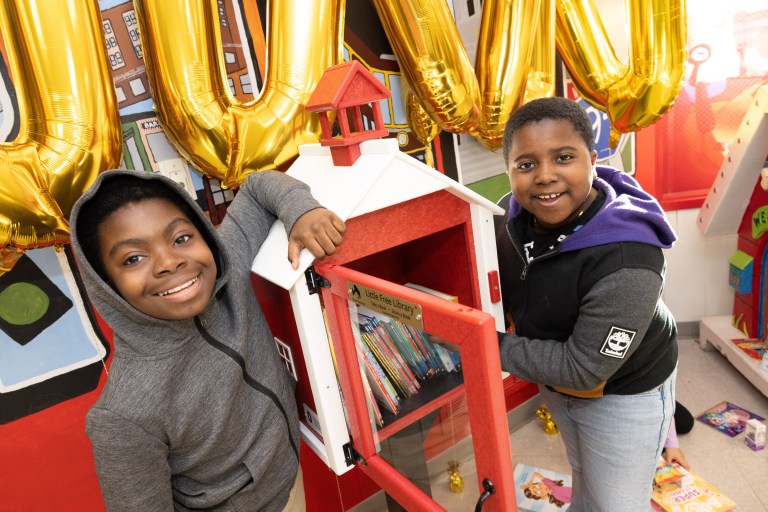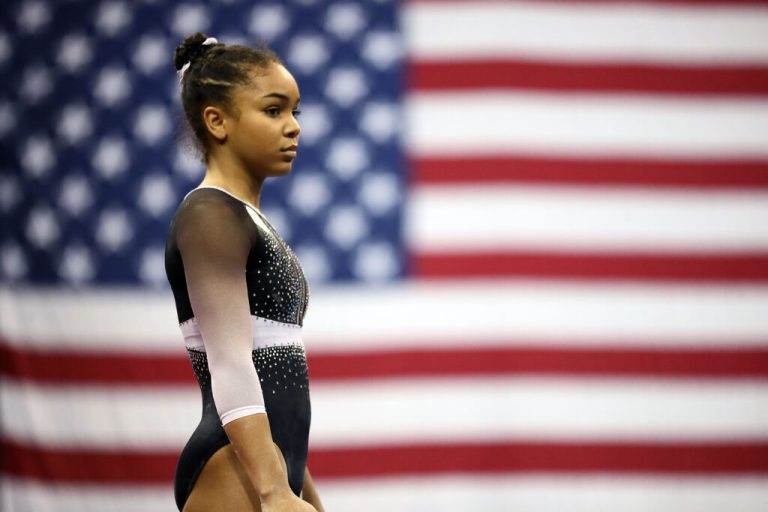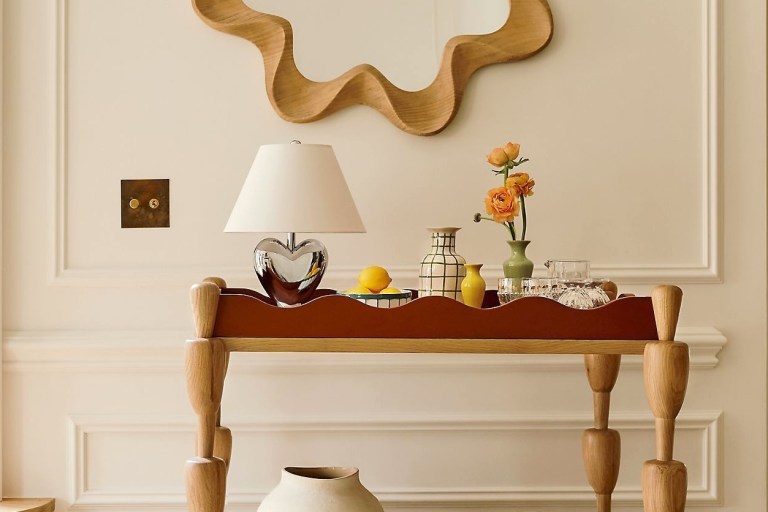Canadian violinist Adrian Anantawan is changing the music industry for the better.
Anantawan was born without his right hand and most of his forearm, but didn’t let that stop him from exploring music. The violin was his instrument of choice, so when he was 10, his family enlisted engineers to build a customized device to help him play it.
The result was a “spatula” device — a plaster cast with Velcro and a tongue that allows him to control the bow. It was love at first note. “From the very first note that I was playing, I was really attracted to the sound and the connection of my body to the instrument and being able to express my imagination,” he recently told Good Morning America.
He went on to study at the Curtis Institute of Music, then earned advanced degrees at both Yale and Harvard. Anatawan has performed at the White House, the Vancouver and Athens Olympics, and various other iconic venues. In July, he played a recital at the Kennedy Center in honor of the 34th anniversary of the Americans With Disabilities Act.
He’s also turned his attention to advocacy work aimed at making music more accessible. In his position as an associate professor at the Berklee College of Music in Boston, Anantawan founded the Music Inclusion Ensemble: a group of students with disabilities, and their peers who support disability causes, who play music together.
RELATED: These Innovative New Musical Instruments Represent the Future of the Field
“As a classical musician, I believe that we are not necessarily stewards of the past but cultural practitioners and changemakers who push the boundaries of technique and expression,” he wrote in a university blog post. “We also work to address key social problems of our time so that careers like mine are not seen as exceptional but as possible for all.”
In Toronto, he helped launch the Virtual Chamber Music Initiative at the Holland Bloorview Kids Rehabilitation Hospital — where he was first fitted with his own adaptive instrument as a child, per Violinist.com. The project brings together researchers, musicians, doctors, and educators to create adaptive musical instruments that young people with disabilities can play within a chamber music setting.
His work is clearly more than a passion. He considers it a welcome responsibility.
“My duty and job is to use this platform in some way to show folks what a person with a visible disability can do. And it’s always an honor to do that,” he told GMA. “And you never know who’s watching in the audience or who will be moved or inspired to be able to make a change in their lives.”
The educator shared the way in which he’s approached his own life, and it offers a lesson for anyone wanting to push themselves.
“A lot of times, we let fear get in the way of trying anything,” Anantawan explained. “For me, my story has always been a result of just trying something, being OK with failure, and then just seeing what the results are. In my case, it’s really just beautiful, expressive music.”
